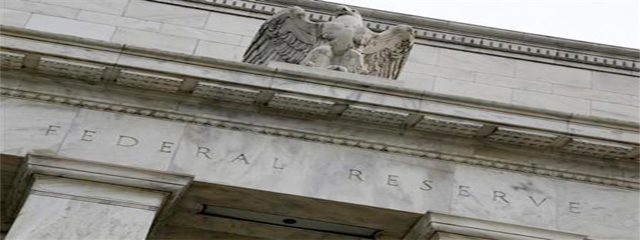The Federal Reserve has regional banks in Kansas City, as in Mo., and another in St. Louis. Of recent note, there is also a Fed branch in Minneapolis. More on that later.
Do not misunderestimate these hinterland reserve banks, such as the KC Fed. Like the other 11 branches, the KC Fed houses its own staff of economists, who not only produce regional studies, but also pontificate on national monetary policy. And it is the KC Fed that hosts the Jackson Hole Economic Policy Symposium, which has become a rock star conclave by central banking standards. A gathering that can un-invite the unworthy. More on that later.
The KC Fed President also has a share in one of four seats of the Federal Open Market Committee, the 12-member body that meets behind closed doors every six weeks to divine U.S. monetary policy. Regional Fed bank presidents are selected by the regional bank’s board of directors.
So American prosperity depends, in part, on how the Kansas City chief votes, or the other regional Fed bank presidents.
Pursuant to a design first sketched by Rube Goldberg, the 11 non-New York Fed regional presidents, including the KC Fed chief, rotate in and out of four seats on the FOMC. The New York bank has a permanent seat on the committee, as do the seven members of the Board of Governors, who are appointed by the President subject to Senate approval.
You might think the job of regional Fed bank economic staffs is to tell their regional story to the big boys in D.C. They still do that, in part. But they have grander ambitions nowadays.
Since the 1980s, the staffs of the Fed regional banks have expanded and evolved into “schools,” usually called “freshwater” or “saltwater” schools. In general, conservative regions of the country have Fed banks that emit oblations to tight money, price stability and free markets (however abstruse the language or calculus), while the seashore regions sometimes expound upon growth and employment and international trade.
It looks like politics in economic drag, although deeply slanted to monetary conservatism. Judging from published papers, there is no one today at the Fed—not one—who will publicly aver, “Oh, 5 percent inflation would not be so bad, if the real economy expanded by 20 percent in real terms in four years, as it is did when Jimmy Carter was president, 1976 through 1979.”
If there is a Fed economist who assents to the above statement, I challenge that person to answer this post, with name attached, in the comments section.
Not that anyone in America seems to care or even know.
Read the whole article here.






Be the first to comment on "Federal Reserve Now Dominates Monetary Economics Profession"